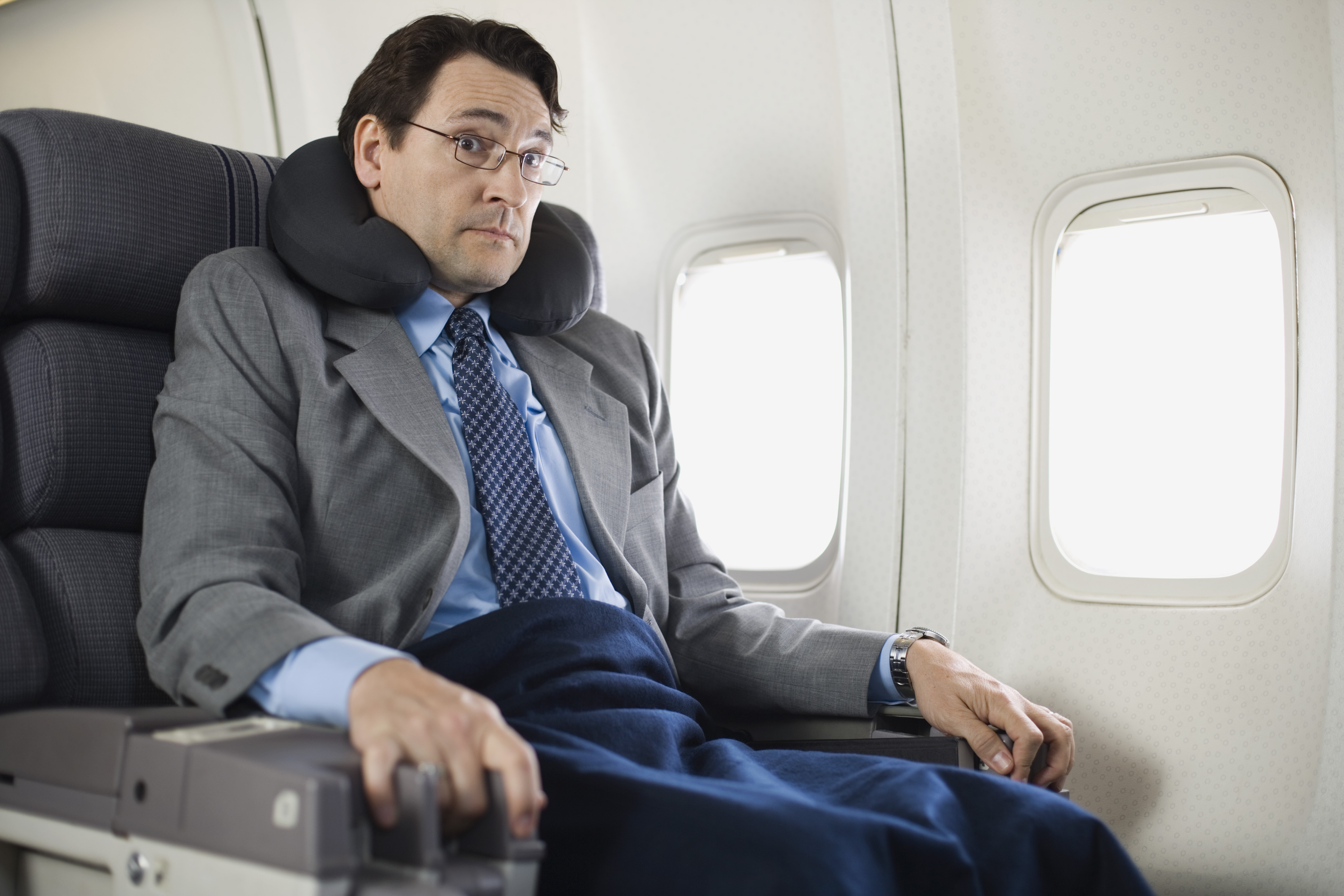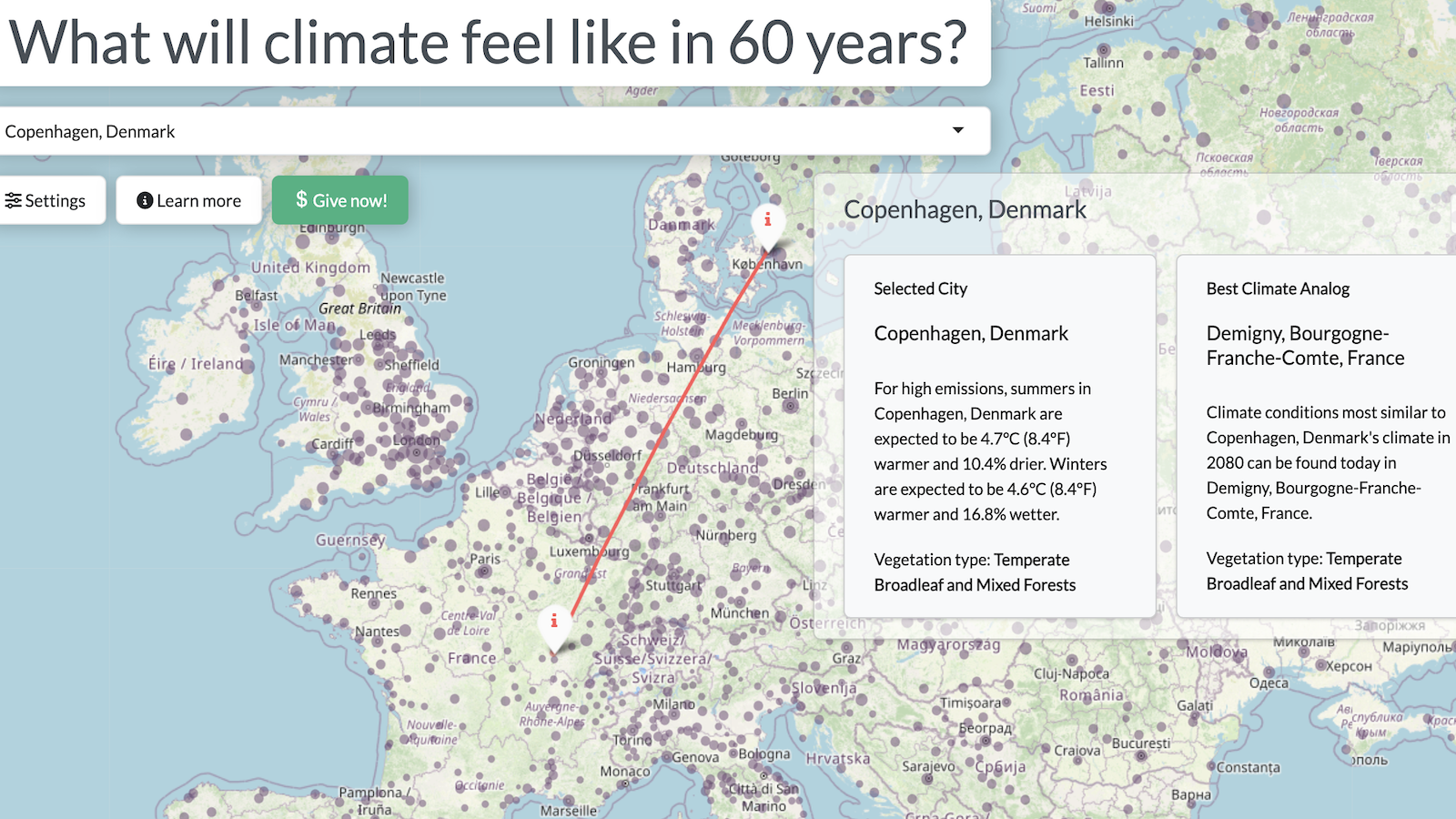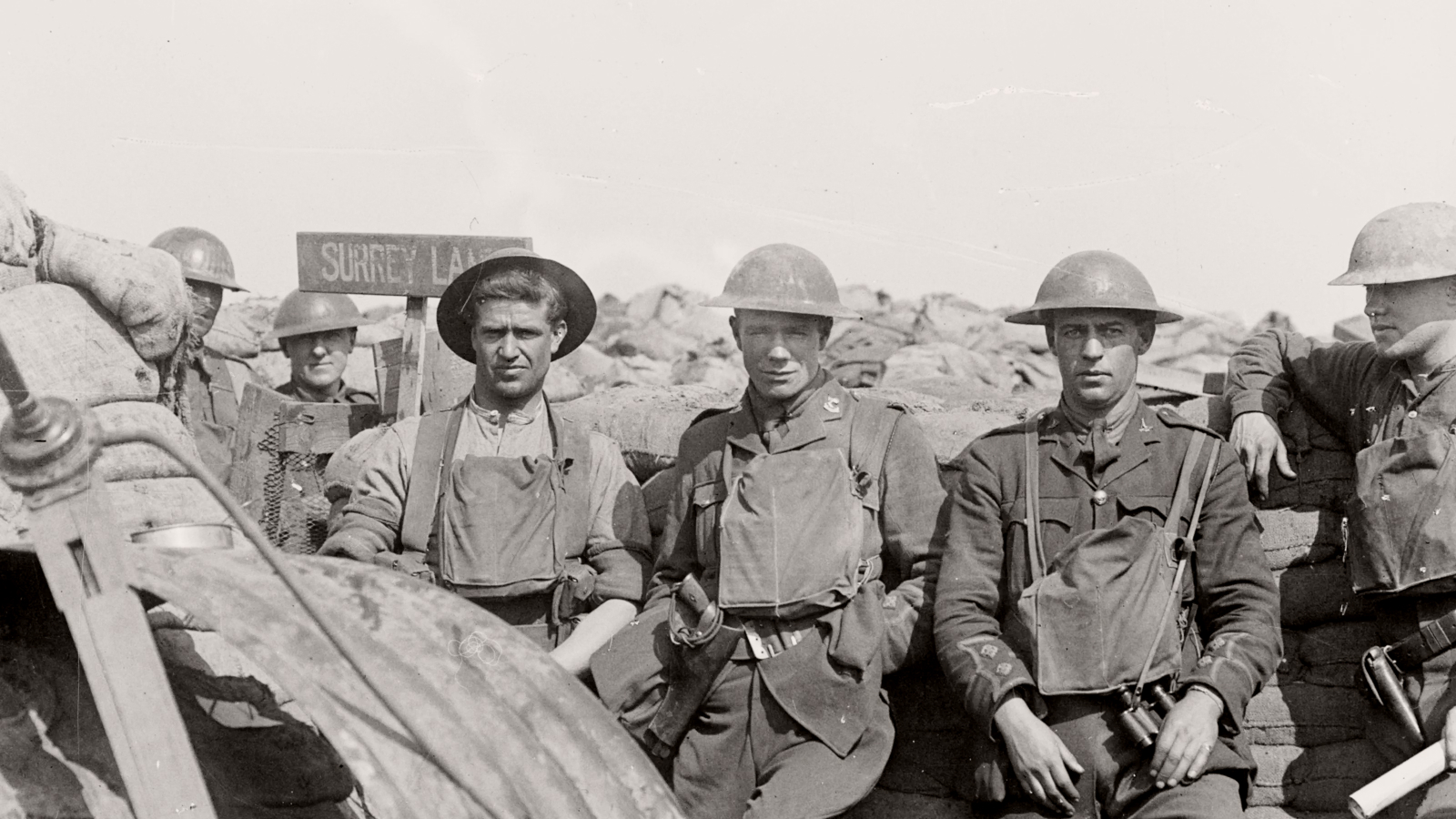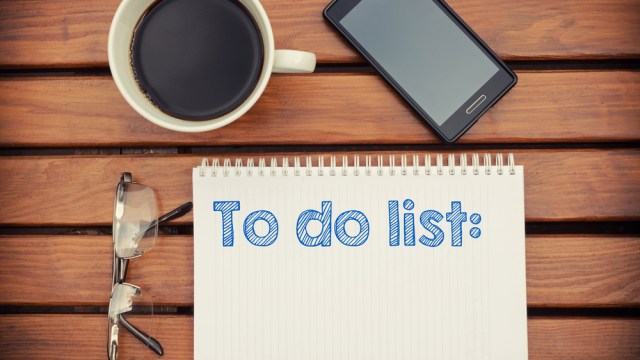Airlines Try Faster Boarding Methods Discovered by Mathematicians
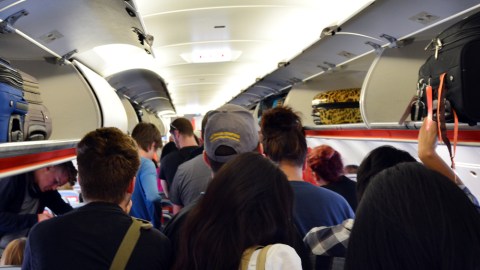
Boarding an airplane is painfully slow, and while the back-to-front method used by most airlines is an intuitively good way to get people into their seats quickly, the results are mostly disastrous, says Jason Steffen, an astrophysicist at Northwestern University.
The problem is that only one person at a time can put their carry-ons in the correct overhead bin. Just a couple people standing behind them (their seat partners) can block the overhead bins of several rows of passengers. The effect continues until you’re sandwiched between sleep-deprived travelers, unable to sit down or stow your luggage.
By rearranging seat numbers, Steffen found an optimal boarding solution, confirmed by repeated computer simulations, which allows planes to be boarded at least five times faster than back-to-front methods:
“The first person in line should be in the back row, window seat (on either side of the plane). The next person would be in a window seat, two rows up. The line should proceed this way, skipping a row between each window-seated passenger all the way to the front of the plane.”
Alas, people tend to travel in groups of two or more, and splitting up for the boarding process is not always practical, especially if a parent is traveling with small children. Airlines who have looked at alternatives to back-to-front boarding admit that getting people to follow even simple directions in the weary hallways of airport terminals is, to say the least, difficult.
Slow boarding isn’t the only unrealized innovation in air travel, said Richard Schaden in his Big Think interview. The aeronautical engineer and founder of Beyond the Edge argues that there is a lack of competition in airplane construction industry:
Airlines such as Delta and Southwest continue to experiment with new boarding methods. Southwest no longer assigns seats, but lets their passengers enter the plane group by group to pick where to sit. Delta may be trying new methods of pre-checking carry on bags to place in the overhead bins before passengers sit down. United is taking big strides in new boarding techniques, also redesigning the seats themselves. They'll be using boarding oles to reduce the hassle of passengers rushing forward when their group is called. United maybe the next big airline to push the boarding experience forward.
Read more at Skift.
Read more at Chicago Tribune.
Read more at Wired.
Photo credit: Shutterstock
